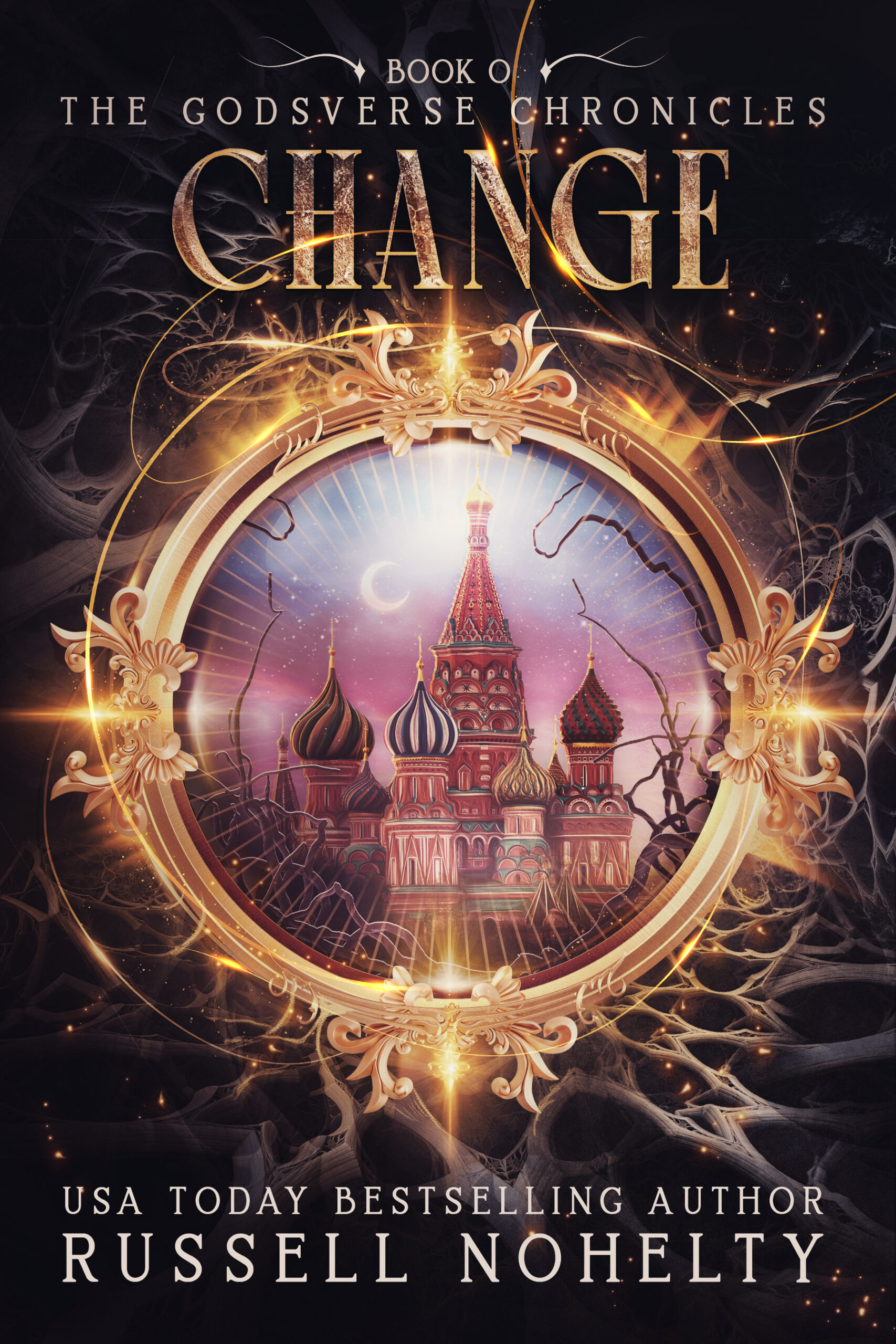When I started setting real, tangible SMART goals in 2015, my career saw hockey stick, exponential growth. Before then, I had a set of goals that I wanted to attain, but they were usually either too easy or impossibly hard to achieve. Most importantly, there was no way to measure success so I usually abandoned my goals before too long.
Now that I use SMART goals to set realistic expectations, I’ve been able to hit almost all of my goals in the past two years.
So what are SMART goals? SMART is an acronym for goals that are:
S-SPECIFIC
M-MEASURABLE
A-ATTAINABLE
R-REALISTIC
T-TIME BOUND
Before I tell you my goals, let’s talk about each part of a SMART goal and explain why they are so important in determining your success. For this example, let’s assume your goal is to finish the first draft of a novel by the end of the year. We’ll take each part of the SMART goal separately and break out why it’s so important to make that goal happen.
Learn how to get more customers and set better goals!
Sign up for our 10-day course and learn how to build, launch, and scale your creative business!
We value your privacy and would never spam you
S- SPECIFIC
Most people don’t put much thought into creating their goals. Their goals might be as simple as I want to write more in the next year. This is a big problem,because MORE is not very specific when it comes to goal setting. If you have no data from last year, you have no idea what MORE means or how you can accomplish writing more in, nor can you motivate yourself to just write MORE.
However, if your goal is “I want to finish the first draft of a 70,000-word novel in by the end of the year” that is a very specific goal. You can always look back at this goal and see whether you are moving toward or away from it.
M- MEASUREABLE
The second part of a SMART goal is that the goal is measurable. We talked about this above, but as my friend Tyler James says, “what you measure you can manage”. I would add to that by saying what you manage you can attain. Going back to our example above, you can measure the goal of completing a 70,000-word novel.
That is a very measurable goal. You can make a plan for each step of the goal and know exactly how much you need to get done each month, each week, and each day to stay on track to accomplish your goal.
A- ATTAINABLE
The third part of a SMART goal is that it is attainable. For me, this is the most important part of making a SMART goal because if something isn’t attainable you become discouraged and give up on it. So let’s take our original goal. Is it possible to finish a 70,000-word novel in a year? Well of course. Many people have achieved this goal before. Maybe writers compete in NaNoWriMo, or National Novel Writing Month, which is a month dedicated to writing the first draft of a 55,000-word novel. So yes, finishing a 70,000-word novel is a very attainable goal. However, writing a 200,000-word novel might not be in the realm of possibility for your goal. That’s why it’s so important to make sure these goals are attainable.
R- REALISTIC
The fourth part of a SMART goal is that it’s realistic for you to achieve. While attainable deals with whether the goal is possible, realistic deals with whether you can accomplish your goal. What is realistic for you might not be realistic for somebody else. If my goal was to run a 100-mile ultramarathon this year, that would be unrealistic for me because I can’t even run 1 mile without getting winded. However, running a half marathon might be a good goal, depending on my fitness level. That doesn’t mean I won’t make running one of my goals for the year. It just means that I need to be realistic with my goal based on what I can achieve.
Going back to our goal, writing a 70,000-word novel is something most people can achieve in a year, as it is less than 200 words a day, or about the size of a long Facebook post.
T- TIME BOUND
The final part of a SMART goal is that it’s time bound. If you want to write a 70,000-word novel eventually, that isn’t something that can be measured. However, if you set a goal of one year to do it, then you can work toward that goal.
Does our goal fit?
Let’s analyze our own goal and see if it’s a SMART goal.
Is finishing the first draft of a 70,000-word novel by the end of next year a specific goal? I would say so.
Is it a measureable goal? For sure.
Is it an attainable goal and a realistic goal? Yes and yes. Many people have done it in the past which means you can too.
Is it a time bound goal? Again that’s a yes because we’ve given ourselves a year to accomplish it.
Therefore, it is a SMART goal, and much easier to measure and manage than the standard “I want to write MORE next year” that becomes the goal of so many writers.
A SMART goal can be used for anything, though. You can use it to lose weight (I want to lose 25 pounds this year by going to the GYM three times a week and only eating one piece of candy a week), or you can use it to establish a money goal (I want to save $300/mo by removing alcohol and eating out from my budget). SMART goals can be used to accomplish any task.

